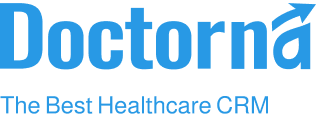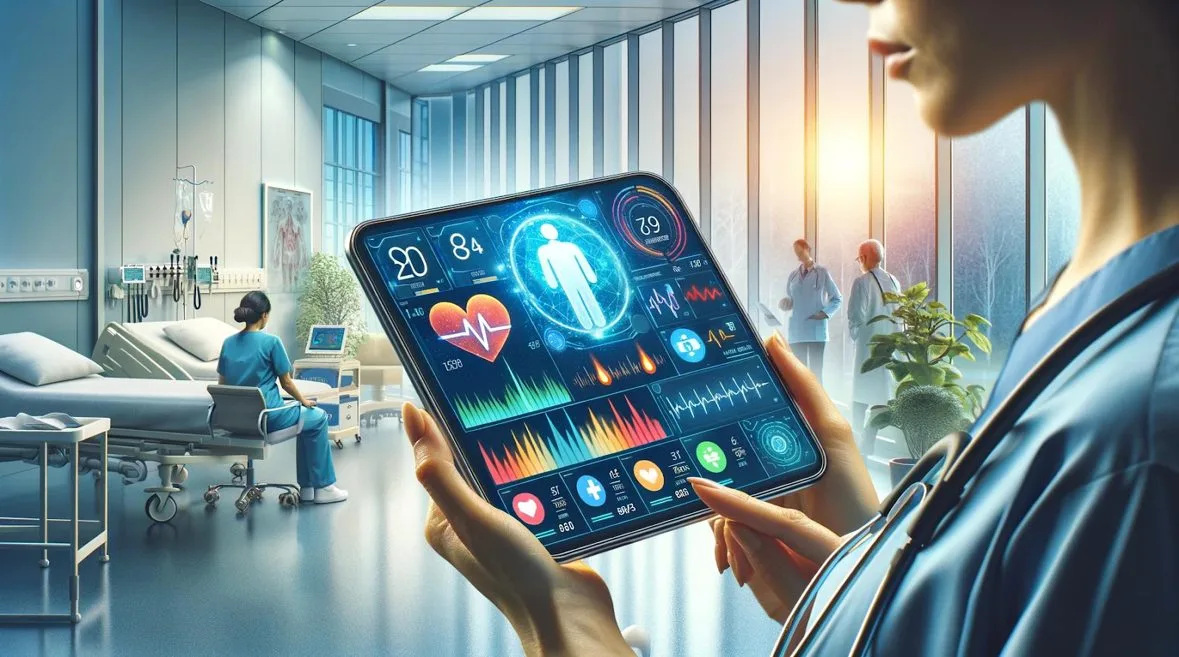In today’s fast-paced healthcare environment, patient care extends far beyond the boundaries of a single department. Hospitals, clinics, and healthcare organizations rely on seamless coordination among various units—doctors, nurses, administrative staff, lab technicians, billing teams, and more. Yet, many organizations still struggle with communication silos, inefficient workflows, and fragmented patient data.
This is where Healthcare Customer Relationship Management (CRM) systems are transforming the landscape. A healthcare CRM acts as a central hub for communication, data management, and collaboration—breaking down barriers between departments and improving overall efficiency. It ensures that every team involved in patient care has the right information at the right time.
Let’s explore how and why healthcare CRMs play a vital role in enhancing cross-department collaboration and transforming patient care delivery.
Understanding Healthcare CRM Systems
A Healthcare CRM system is designed to manage and streamline relationships between healthcare providers and their patients. Unlike traditional CRMs used in sales or marketing, healthcare CRMs integrate clinical, administrative, and operational data to offer a unified view of each patient’s journey.
These systems connect various departments within a healthcare organization, ensuring that every touchpoint—from appointment scheduling and diagnosis to billing and post-care follow-up—is coordinated and transparent.
The outcome? Better communication, reduced duplication of work, and improved quality of care.
The Problem of Departmental Silos in Healthcare
Before the adoption of digital CRM systems, most healthcare organizations functioned with departmental silos. For instance:
- The medical team had access to patient clinical records but lacked visibility into administrative updates.
- The billing department handled payment and insurance data but couldn’t track care progress.
- The marketing team worked on patient engagement without real-time feedback from the care teams.
These gaps often led to miscommunication, data duplication, and delays in patient care. In some cases, patients had to repeat the same information multiple times to different staff members, creating frustration and inefficiency.
A healthcare CRM eliminates these inefficiencies by providing a single, integrated platform where all departments can access and update real-time patient information.
How Healthcare CRM Enhances Cross-Department Collaboration
1. Centralized Patient Data Access
At the heart of every healthcare CRM is centralized data management. Instead of storing patient details in separate systems, a CRM consolidates information from multiple sources—such as Electronic Health Records (EHRs), lab results, appointment schedules, and communication logs—into one unified database.
This ensures that all departments have access to consistent and up-to-date information. For example, when a doctor updates a treatment plan, the billing department can instantly view changes in services rendered, and the administrative team can coordinate follow-up appointments accordingly.
Centralized access eliminates the back-and-forth communication that slows down care delivery and improves overall coordination.
2. Real-Time Communication Across Teams
Healthcare CRMs enable real-time communication and task management, allowing teams to collaborate more effectively. Internal messaging tools, automated notifications, and shared dashboards ensure that everyone is on the same page.
For example, if a lab technician uploads a test report, the CRM can automatically alert the doctor. Similarly, if a patient reschedules an appointment, notifications are sent to the nursing, administrative, and billing teams.
This level of instant communication fosters transparency and reduces the chances of errors or miscommunication—leading to smoother operations and faster decision-making.
3. Streamlined Workflow Automation
A healthcare CRM can automate repetitive administrative tasks that traditionally required manual coordination between departments. These include:
- Appointment confirmations and reminders
- Insurance verifications
- Billing updates
- Patient follow-ups
- Care plan tracking
By automating these processes, teams can focus more on patient care and less on paperwork. It also ensures that important tasks are never missed, enhancing accountability across departments.
4. Improved Patient Handoff Between Departments
Patient handoffs—when a patient transitions from one department or provider to another—are critical moments that demand clear communication. Miscommunication during handoffs is a common cause of medical errors.
Healthcare CRMs help mitigate this by providing a complete, real-time view of each patient’s care journey. When a patient moves from diagnosis to treatment, or from inpatient care to post-discharge follow-up, every department involved can see the patient’s updated records, notes, and history.
This continuity ensures that the care team remains informed and coordinated, reducing risks and improving outcomes.
5. Integration with Other Healthcare Systems
Modern healthcare CRMs are designed to integrate seamlessly with other essential systems such as:
- Electronic Health Records (EHRs)
- Laboratory Information Systems (LIS)
- Pharmacy Management Systems
- Billing and Insurance Portals
These integrations allow information to flow freely across systems, ensuring that every department operates using accurate and synchronized data. This interconnectedness fosters collaboration by reducing data entry duplication and ensuring that all stakeholders have access to real-time patient information.
6. Enhanced Reporting and Analytics
Another powerful feature of healthcare CRMs is data analytics. These systems can generate detailed reports that track patient outcomes, departmental efficiency, and workflow bottlenecks.
By sharing these insights across departments, healthcare organizations can identify areas that need improvement and make data-driven decisions. For example, analytics might reveal delays in lab result processing or communication breakdowns between the billing and clinical teams—allowing managers to address these issues proactively.
Analytics-driven collaboration ensures that departments are not just working together but optimizing their performance collectively.
7. Fostering a Culture of Transparency and Accountability
A healthcare CRM doesn’t just enhance operational processes—it also strengthens workplace culture. With clear visibility into patient data, task progress, and interdepartmental communications, team members become more accountable for their roles.
Transparency encourages departments to work cooperatively rather than competitively. When everyone can see how their efforts contribute to patient satisfaction and organizational success, collaboration becomes a shared goal rather than a procedural necessity.

Benefits of Cross-Department Collaboration in Healthcare
When a healthcare CRM successfully enhances collaboration, the benefits ripple across the organization:
- Faster Care Delivery: Coordinated teams reduce patient waiting times and streamline treatment plans.
- Higher Patient Satisfaction: Patients enjoy smoother experiences and better communication.
- Reduced Administrative Costs: Efficient workflows minimize redundancy and errors.
- Improved Clinical Outcomes: Integrated data ensures that care decisions are timely and evidence-based.
- Better Staff Morale: Clear communication and shared responsibilities reduce workplace stress and confusion.
Final Thoughts
In an industry where lives depend on accuracy, speed, and coordination, cross-department collaboration is not optional—it’s vital. A Healthcare CRM system acts as the backbone of this collaboration, bridging the gap between departments, eliminating data silos, and fostering teamwork through automation and centralized communication.
By integrating CRM technology, healthcare organizations can move beyond fragmented operations and embrace a unified, patient-centric approach. The result is not only improved efficiency and productivity but also enhanced patient trust and satisfaction—hallmarks of a truly modern healthcare ecosystem.







